When we think of dangerous creatures, our minds often conjure up images of fierce predators. However, the natural world is full of surprises, and some herbivores possess unique traits or behaviors that make them creatures to be wary of. In this article, we’ll explore the top 10 herbivores you probably want to avoid – a list that might just challenge your perceptions of the gentle plant-eaters.
1. Hippopotamus
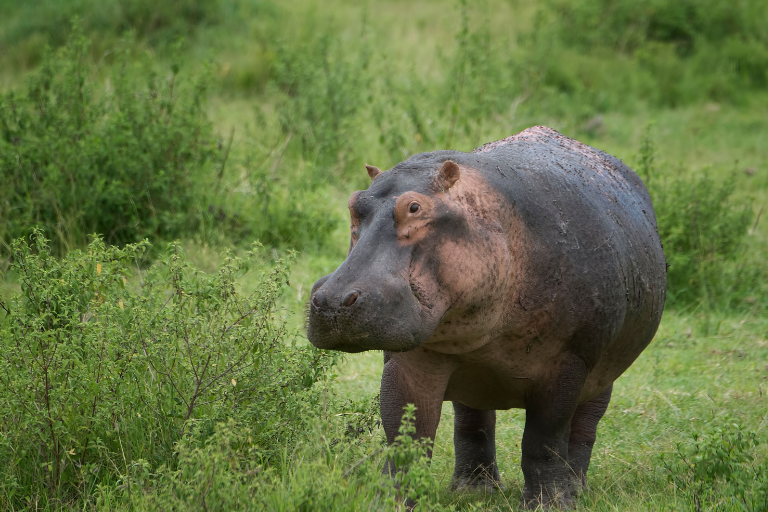
The hippopotamus may seem like a docile, water-loving giant, but don’t be fooled. Responsible for more human deaths in Africa than lions or crocodiles, hippos are known for their territorial nature and aggressive behavior, especially when threatened.
2. Elephant
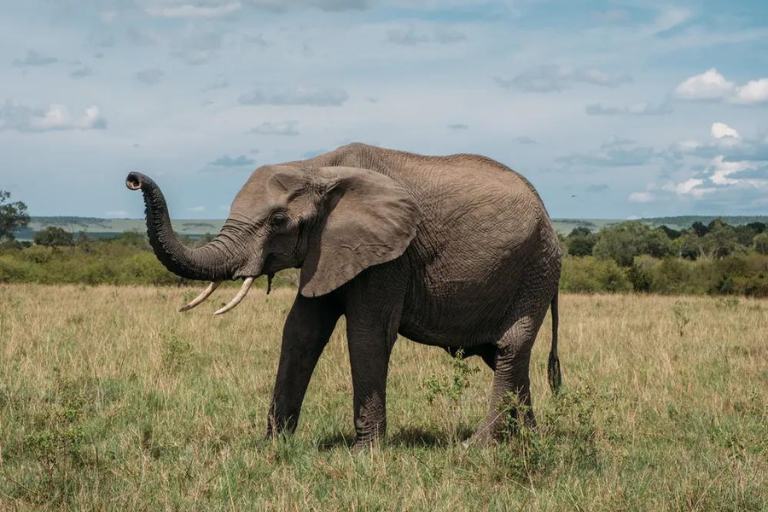
While elephants are revered for their intelligence and gentle demeanor, they can become aggressive, especially during musth – a period of heightened testosterone levels. The sheer size and strength of these majestic herbivores make them potentially dangerous, even without intending harm.
3. Rhinoceros
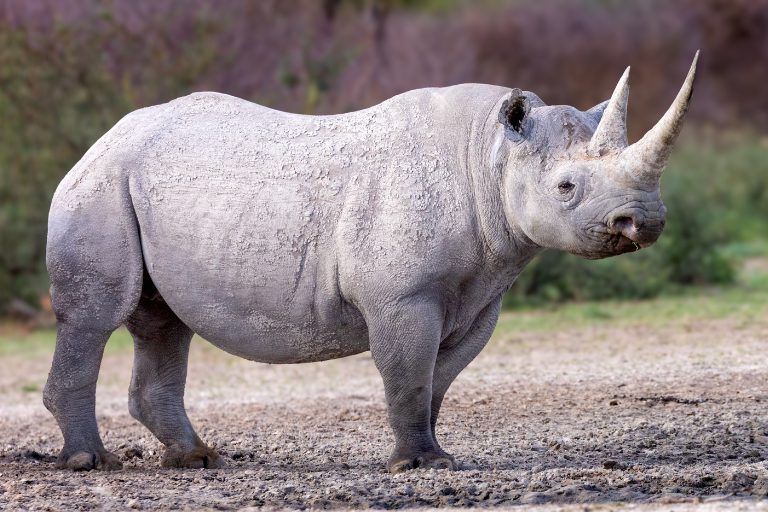
Rhinos are often associated with their iconic horns, and while they are herbivores, their unpredictable behavior and poor eyesight can lead to confrontations. Disturbing a rhino in its territory may result in a charge that can reach an astonishing speed.
4. Bison
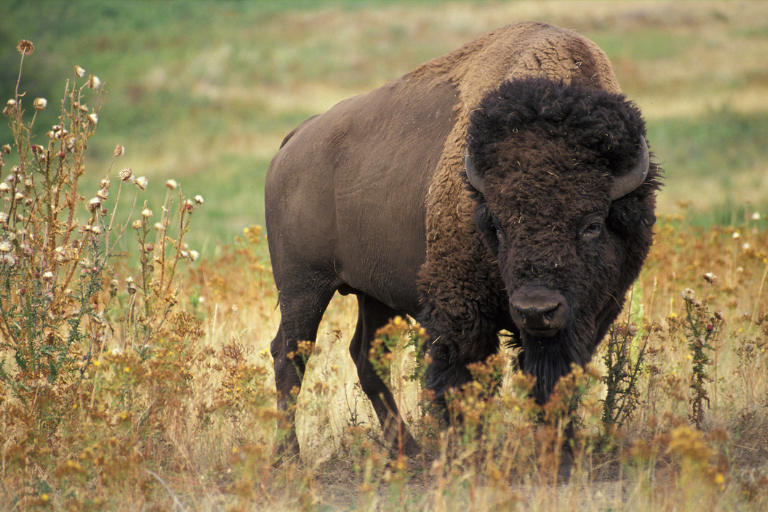
Bison might appear calm while grazing on the prairie, but they are fiercely protective of their territory. Encroaching on their personal space can trigger a charge, and these massive herbivores are surprisingly agile, making them a force to be reckoned with.
5. Kangaroo
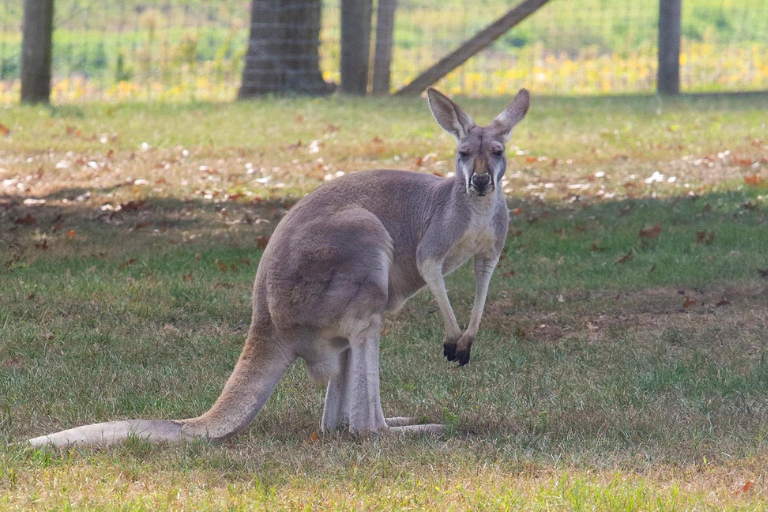
Known for their distinctive hopping movement, kangaroos are usually harmless. However, when threatened or cornered, they can deliver powerful kicks and use their strong tails for balance, turning them into formidable opponents.
6. Wildebeest
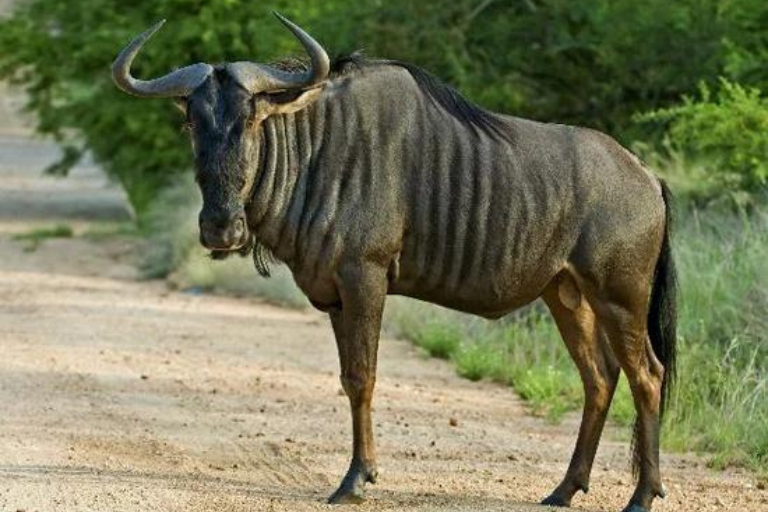
During the annual migration on the African plains, wildebeests are famous for their spectacular stampedes. While these herbivores are not intentionally aggressive, being caught in the midst of a massive wildebeest stampede can lead to injuries or worse.
7. Deer
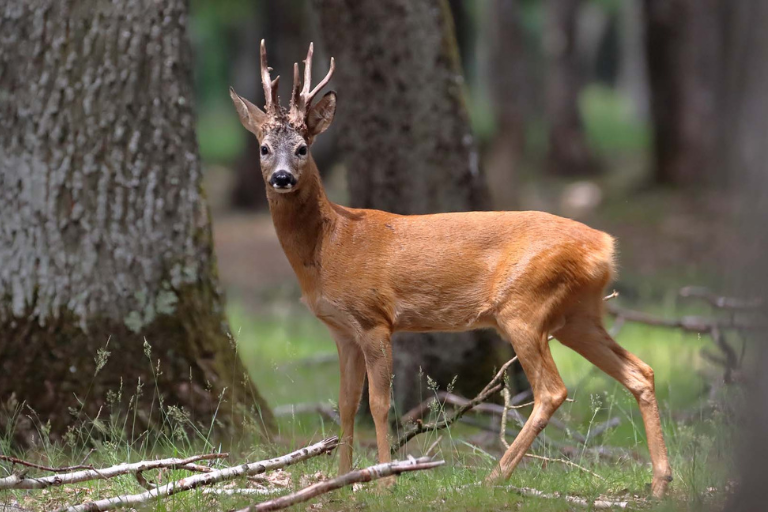
In more urban settings, deer might seem like innocent creatures, but their presence near roads can pose a significant risk. Collisions with deer on highways are a common occurrence, causing accidents and injuries for both humans and the deer.
8. Gaur
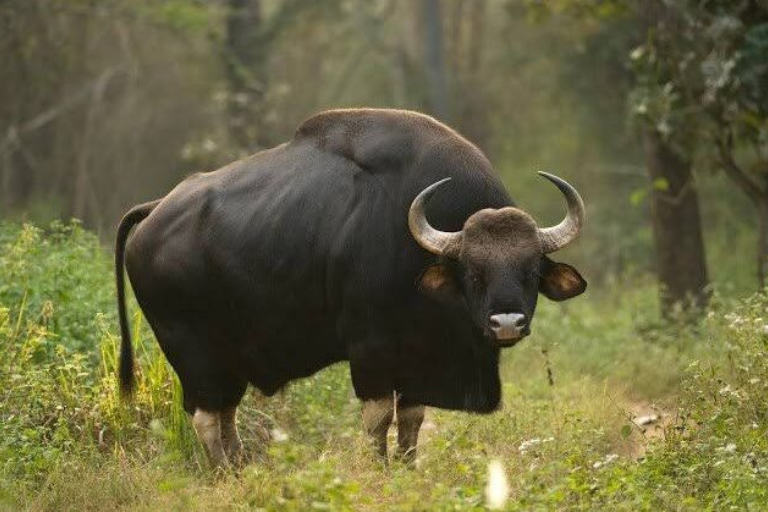
The gaur, often referred to as the Indian bison, is the largest species of wild cattle. Despite being herbivores, their massive size and strength make them potentially dangerous, especially if they feel threatened or cornered.
9. Camel
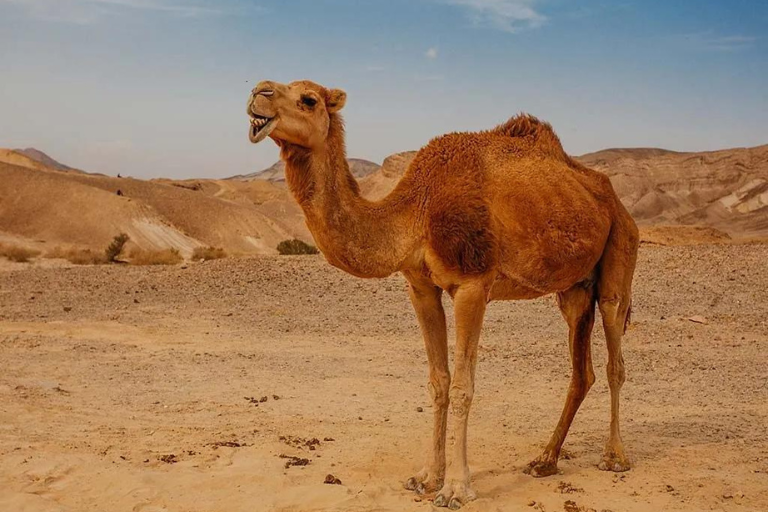
Camels are known for their resilience and adaptability, but they can display aggressive behavior, particularly if provoked or mistreated. Their powerful bites and kicks can cause harm, emphasizing the importance of handling them with care.
10. Goose
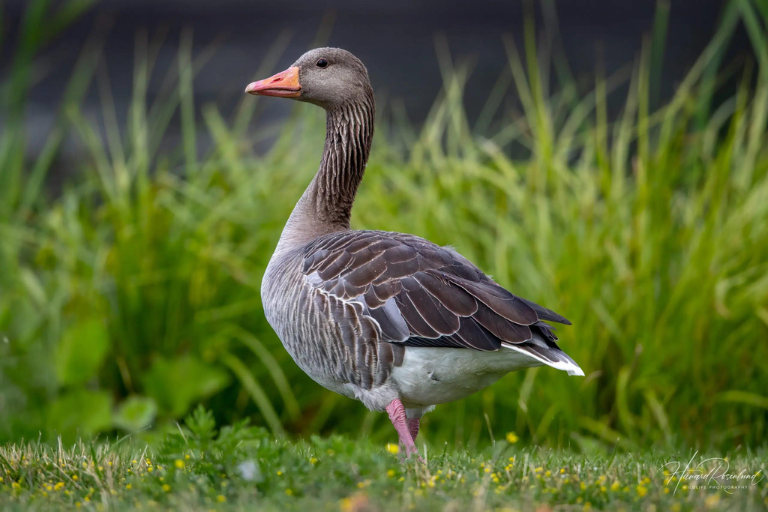
While it might be surprising to see a goose on this list, these seemingly harmless birds can become fiercely protective of their nesting territory. Aggressive honking, biting, and flapping wings make them a formidable opponent, especially during breeding season.



GIPHY App Key not set. Please check settings